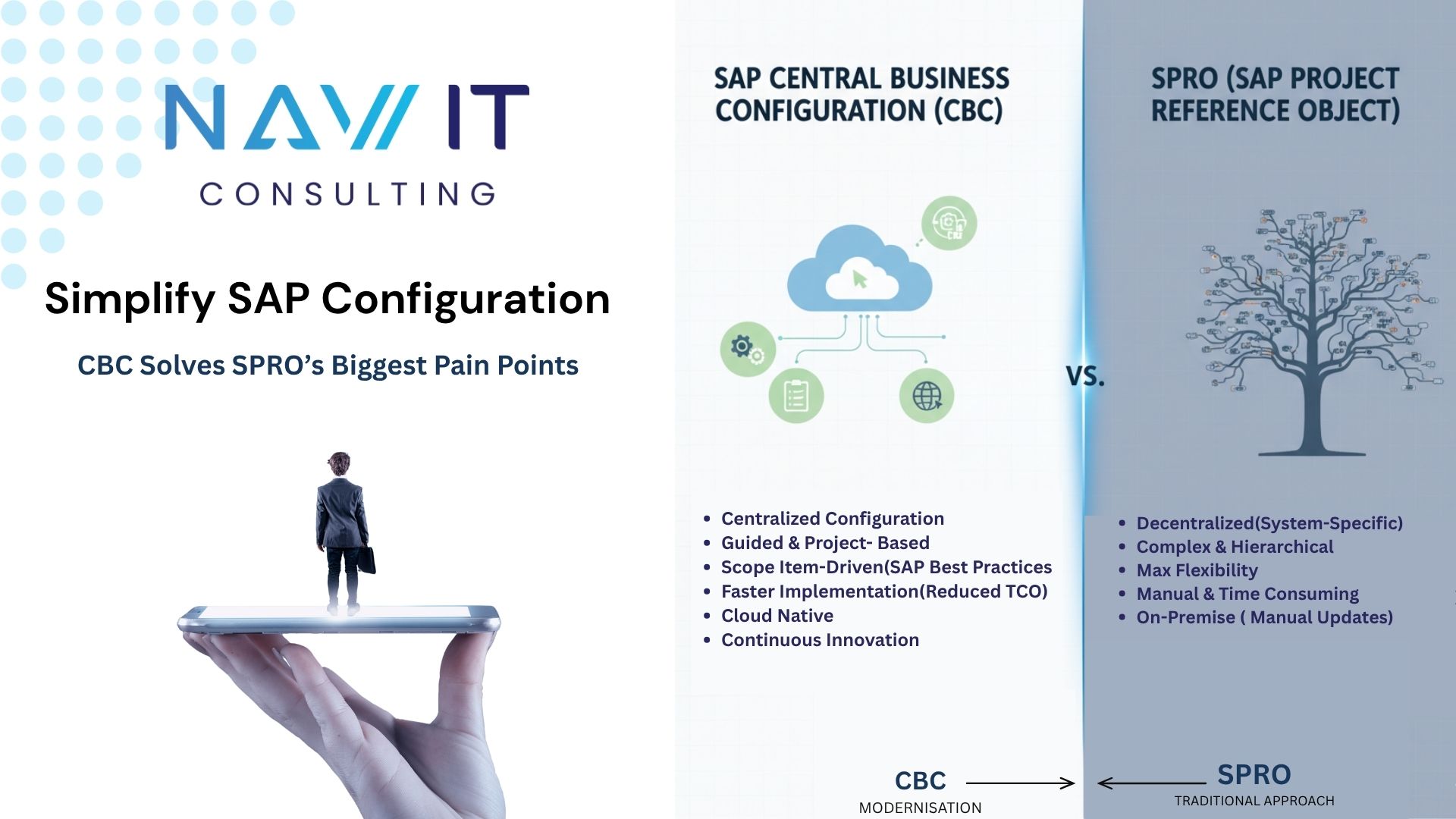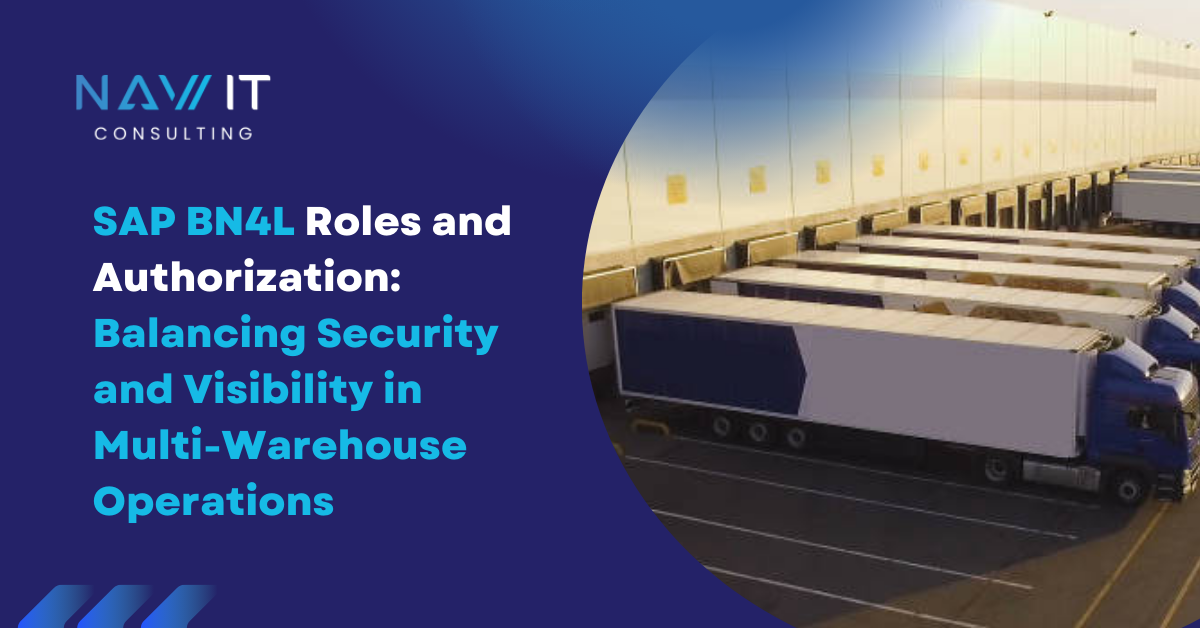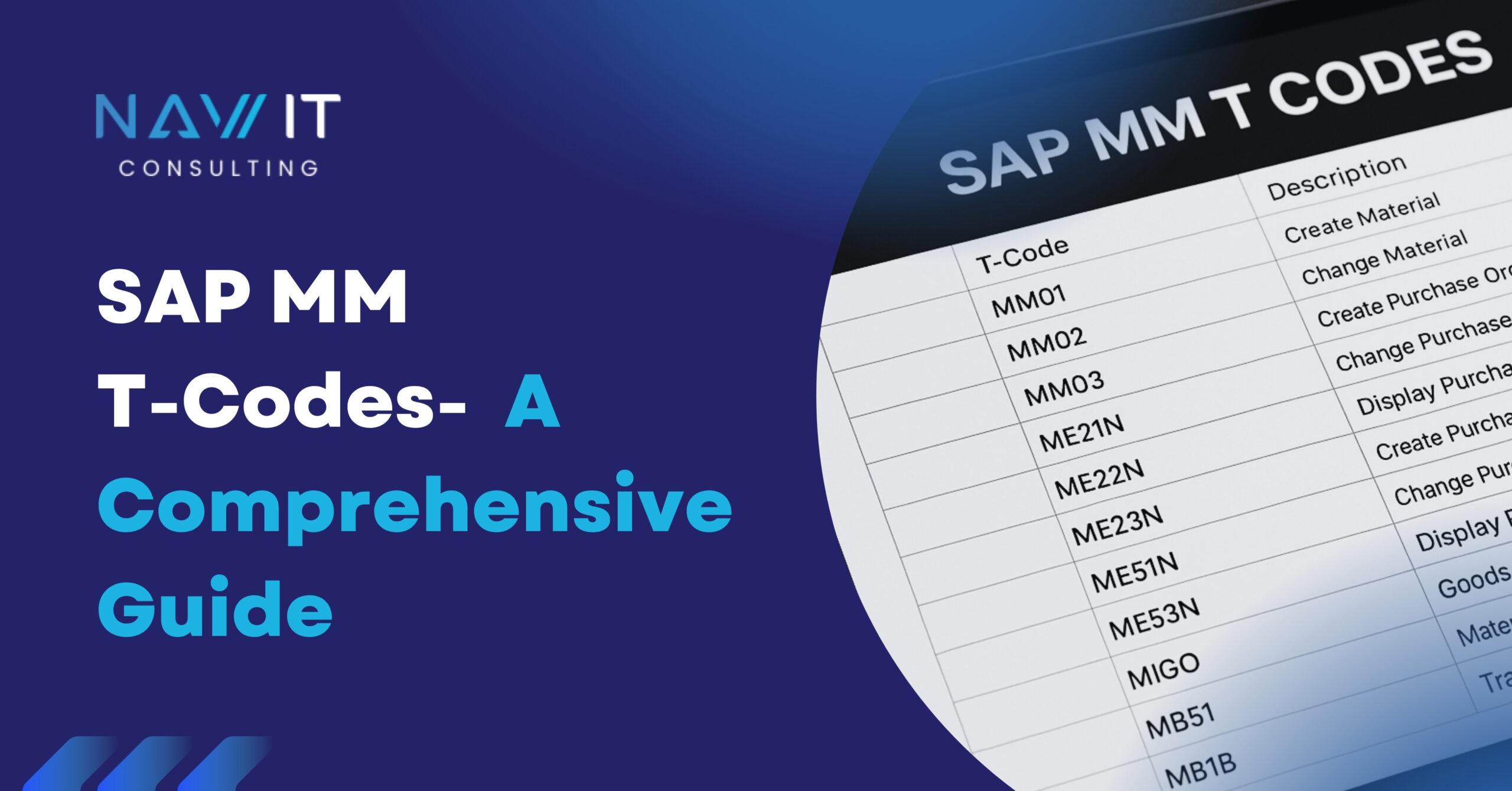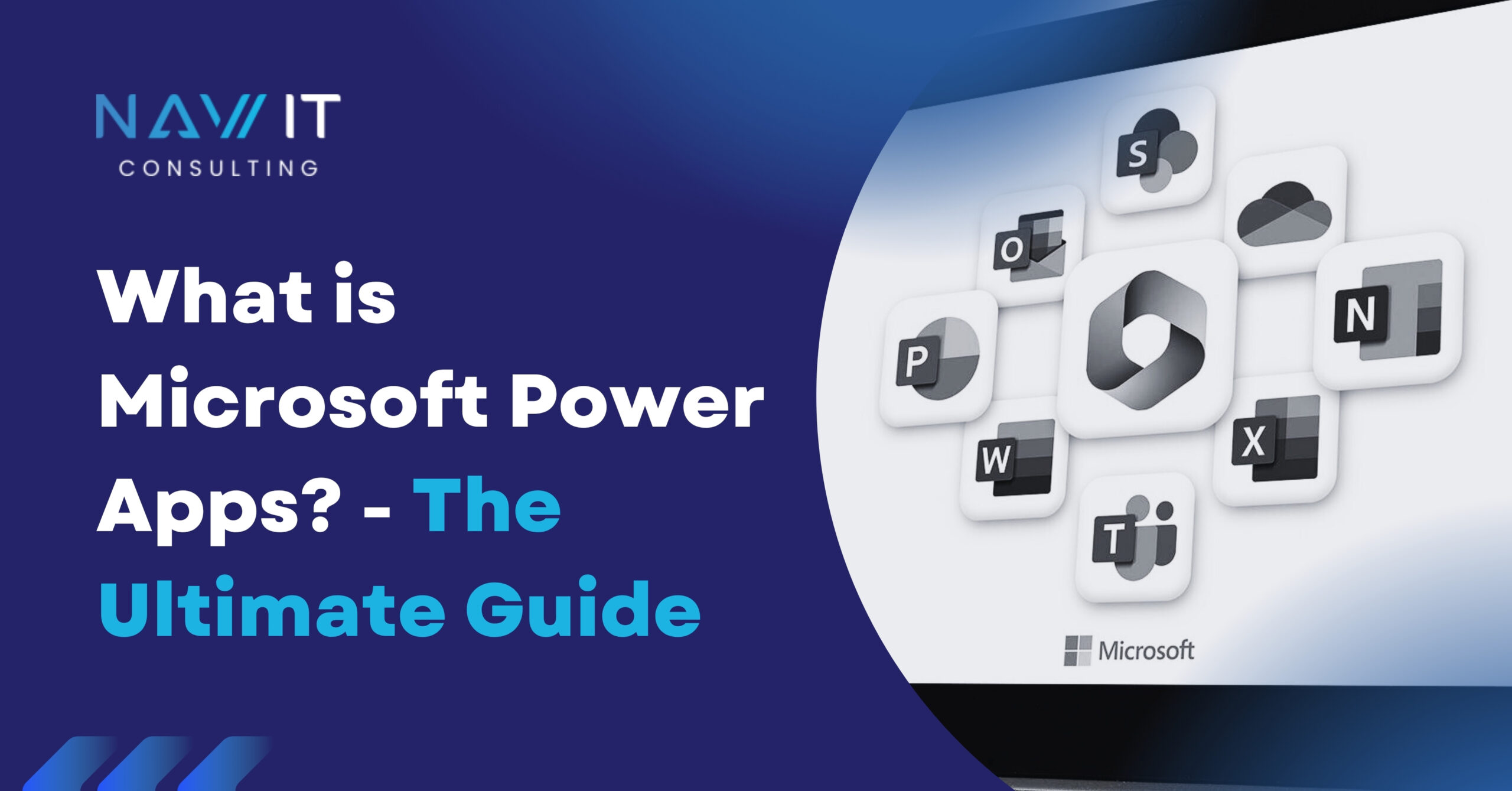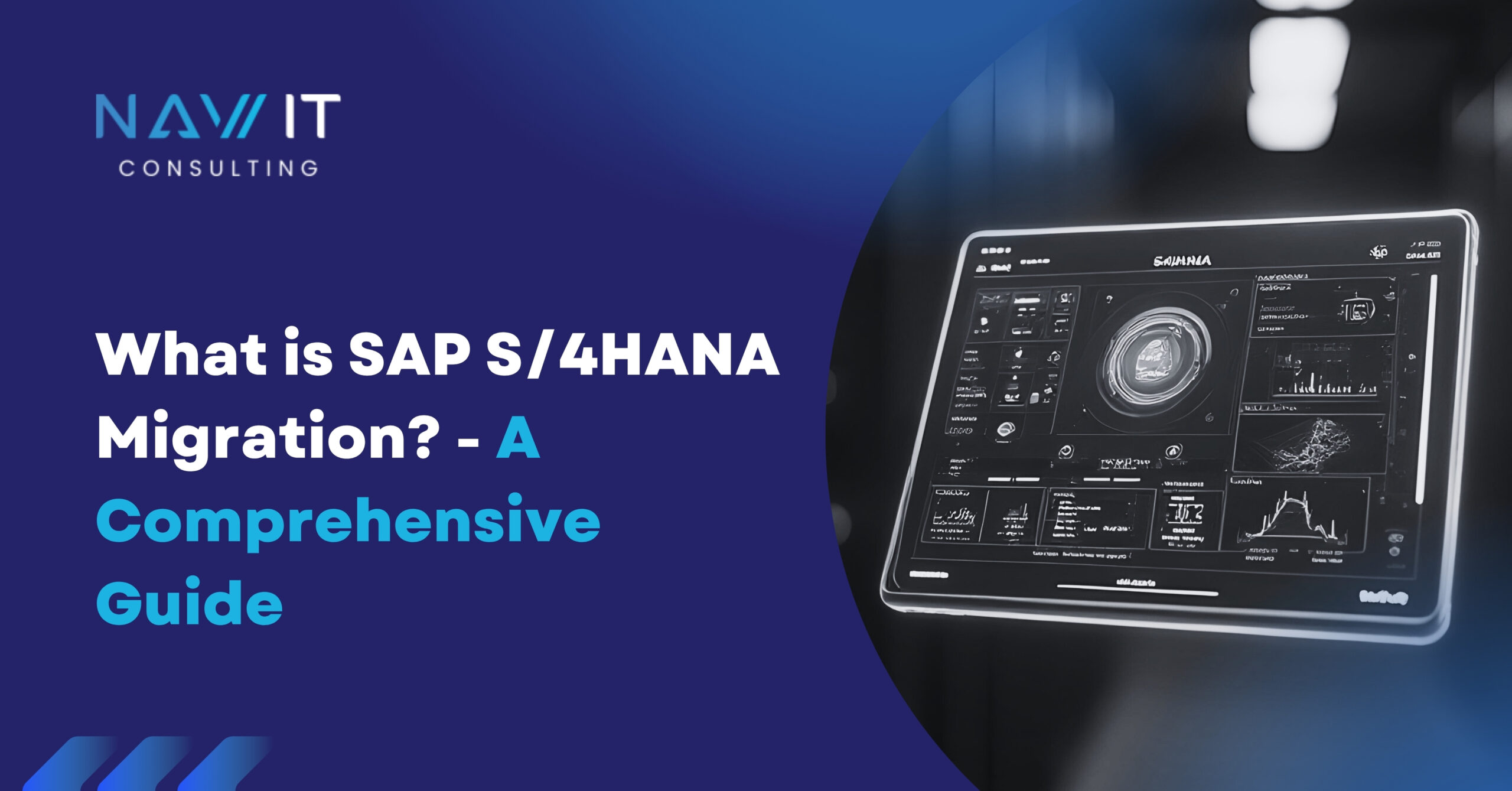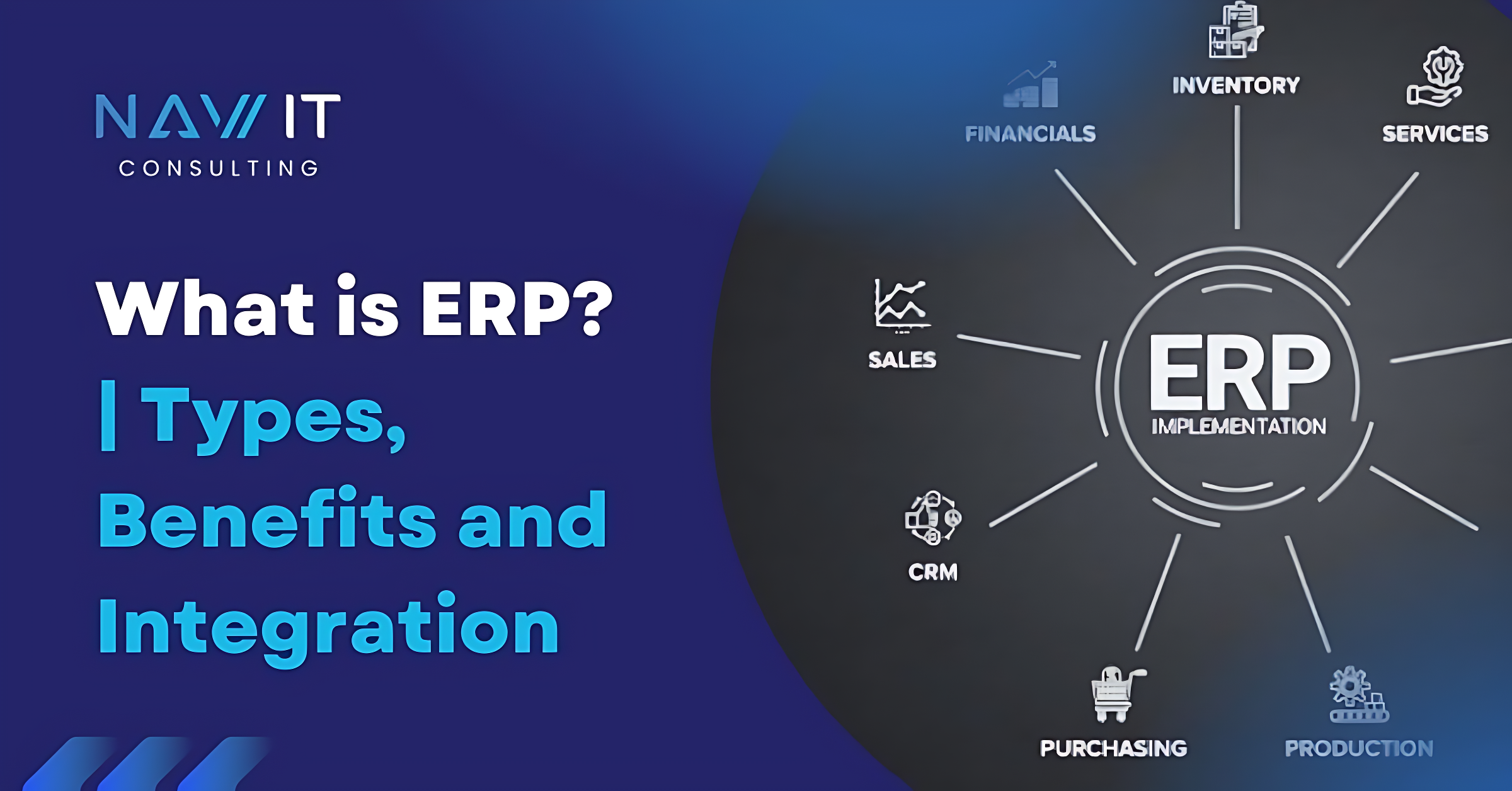In today’s fast-paced digital world, businesses are continuously looking for ways to streamline operations, enhance productivity, and drive innovation. Microsoft Power Platform is a powerful suite of applications designed to enable businesses to precisely accomplish that. This comprehensive guide will explore the components, benefits, and real-world applications of Microsoft Power Platform, providing insights into how it can transform your business.
What is Microsoft Power Platform?
Microsoft Power Platform is a collective term for four key products: Power BI, Power Apps, Power Automate, and Power Virtual Agents. These tools enable businesses to analyse data, build custom apps, automate workflows, and create chatbots – all without the need for extensive coding knowledge.
Components of Microsoft Power Platform
- Power BI
Purpose: Business Analytics
Functionality: Power BI is a business analytics tool that allows users to visualize data, share insights, and make data-driven decisions. It connects to various data sources and provides interactive dashboards and reports.
- Power Apps
Purpose: Custom Application Development
Functionality: Users can create custom apps with Power Apps that are suited to certain business requirements. With its drag-and-drop interface and user-friendly features, even people with no coding skills can utilize it.
- Power Automate
Purpose: Workflow Automation
Functionality: Power Automate automates repetitive tasks and workflows. It integrates with numerous apps and services, allowing users to create automated processes that enhance efficiency and reduce manual work.
- Power Virtual Agents
Purpose: Intelligent Chatbots
Functionality: Power Virtual Agents allows users to create AI-driven chatbots that can interact with customers and employees. These chatbots can be integrated into websites, apps, and various communication platforms to provide real-time support and information.
Benefits of Microsoft Power Platform
- Enhanced Productivity
Microsoft Power Platform tools streamline and automate various business processes, reducing the time and effort required for manual tasks. This leads to significant improvements in productivity across the organization.
- Data-Driven Decision Making
Power BI’s powerful data visualization and analytics capabilities enable businesses to make informed decisions based on real-time data. Interactive dashboards provide insights that drive strategic planning and operational improvements.
- Custom Solutions
Power Apps allows businesses to create custom applications that address unique challenges and opportunities. Whether it’s a simple data entry app or a complex workflow solution, Power Apps provides the flexibility to build exactly what is needed.
- Cost Efficiency
By automating processes and reducing the need for custom software development, Microsoft Power Platform helps businesses save on operational costs. Additionally, it reduces the dependency on IT resources, enabling departments to develop and manage their own solutions.
- Seamless Integration
Microsoft Power Platform integrates seamlessly with other Microsoft products like Office 365, Dynamics 365, and Azure, as well as a wide range of third-party applications. This ensures a cohesive and interconnected digital ecosystem
Use Cases for Microsoft Power Platform
- Healthcare
Healthcare providers use Power BI to analyze patient data and improve care delivery. Custom apps built with Power Apps streamline patient intake processes and manage medical records efficiently. Power Automate helps in automating appointment scheduling and follow-up reminders.
- Retail
Retailers leverage Power BI for sales analysis and inventory management. Power Apps enables the creation of custom POS (Point of Sale) systems and customer loyalty programs. Power Automate facilitates automated marketing campaigns and order processing.
- Finance
Financial institutions use Power BI to monitor financial performance and compliance. Power Apps assists in developing custom solutions for loan processing and customer relationship management. Power Automate streamlines workflows for approvals and fraud detection.
- Manufacturing
Manufacturers utilize Power BI to track production metrics and quality control. Power Apps enables the development of apps for equipment maintenance and inventory tracking. Power Automate automates supply chain processes and order fulfillment.
Getting Started with Microsoft Power Platform
- Identify Your Needs
Determine the specific challenges and opportunities within your organization that Microsoft Power Platform can address. Whether it’s data analysis, app development, workflow automation, or customer engagement, identifying your needs is the first step.
- Explore the Tools
Familiarize yourself with the components of Microsoft Power Platform. Take advantage of Microsoft’s extensive resources, including tutorials, webinars, and community forums, to learn how each tool can benefit your organization.
- Start Small
Begin with a small project to understand the capabilities of the platform. This could be a simple report in Power BI, a basic app in Power Apps, or an automated workflow in Power Automate. Gradually expand your usage as you become more comfortable with the tools.
- Leverage Expertise
Consider partnering with us or any Microsoft Certified Partner or consultant who can provide expertise and guidance. We help you navigate the complexities of the platform and ensure successful implementation.
- Encourage Adoption
Promote the adoption of Microsoft Power Platform across your organization. Provide training sessions and resources to help employees understand how to use the tools effectively. Encourage a culture of innovation and continuous improvement.
Conclusion
Microsoft Power Platform is a game-changer for businesses looking to harness the power of data, automate processes, and build custom solutions. Its user-friendly interface and robust capabilities make it accessible to organizations of all sizes and industries. By leveraging the full potential of Power BI, Power Apps, Power Automate, and Power Virtual Agents, businesses can drive innovation, enhance productivity, and achieve their strategic goals.
FAQs
- What is Microsoft Power Platform?
Microsoft Power Platform is a suite of applications including Power BI, Power Apps, Power Automate, and Power Virtual Agents, designed to help businesses analyse data, build custom apps, automate workflows, and create intelligent chatbots.
- What types of apps can I build with Power Apps?
With Power Apps, you can build a wide range of applications, from simple data entry forms to complex enterprise-level solutions tailored to your business needs, all without extensive coding.
- What are the key features of Power Automate?
Power Automate allows you to automate repetitive tasks and workflows across various applications and services, enhancing productivity and reducing manual work.
- How do Power Virtual Agents work?
Power Virtual Agents enables the creation of AI-powered chatbots that can interact with customers and employees in real-time, providing support, answering questions, and automating common inquiries.
- Do I need coding skills to use Microsoft Power Platform?
No, one of the main advantages of Microsoft Power Platform is its low-code/no-code approach, making it accessible to users with minimal coding experience.
- How does Microsoft Power Platform integrate with other Microsoft products?
Microsoft Power Platform seamlessly integrates with other Microsoft products such as Office 365, Dynamics 365, and Azure, as well as a wide range of third-party applications, ensuring a cohesive digital ecosystem.
- Can Microsoft Power Platform be used in my industry?
Yes, Microsoft Power Platform is versatile and can be applied across various industries including healthcare, retail, finance, and manufacturing, to name a few.
- What are the cost implications of using Microsoft Power Platform?
Using Microsoft Power Platform can reduce operational costs by automating processes and reducing the need for custom software development and IT resources.
- How can I get started with Microsoft Power Platform?
To get started, identify your business needs, explore the tools, start with a small project, leverage expert guidance, and encourage adoption within your organization.
- Where can I find resources and support for Microsoft Power Platform?
Microsoft provides extensive resources including tutorials, webinars, documentation, and community forums to help you learn and make the most of Power Platform.
- Can I connect Power Platform to my existing data sources?
Yes, Power Platform integrates with various data sources, including Excel, SharePoint, SQL databases, and more.
- How secure is my data on Microsoft Power Platform?
Microsoft Power Platform is built on Microsoft Azure, which offers robust security features to safeguard your data.
- What are the limitations of Power Platform?
While powerful, Power Platform might not be suitable for highly complex applications requiring extensive coding.
- Does Microsoft offer any training for Power Platform?
Yes, Microsoft Learn offers various learning paths and courses to get you started with Power Platform.
- I’m new to Power Platform. Where should I begin?
Sign up for a free trial to explore the platform’s functionalities. Microsoft Learn offers beginner-friendly tutorials to get you acquainted with Power BI, Power Apps, and Power Automate.
